30 years of democracy: The political powers that ruled Romania after the fall of communism
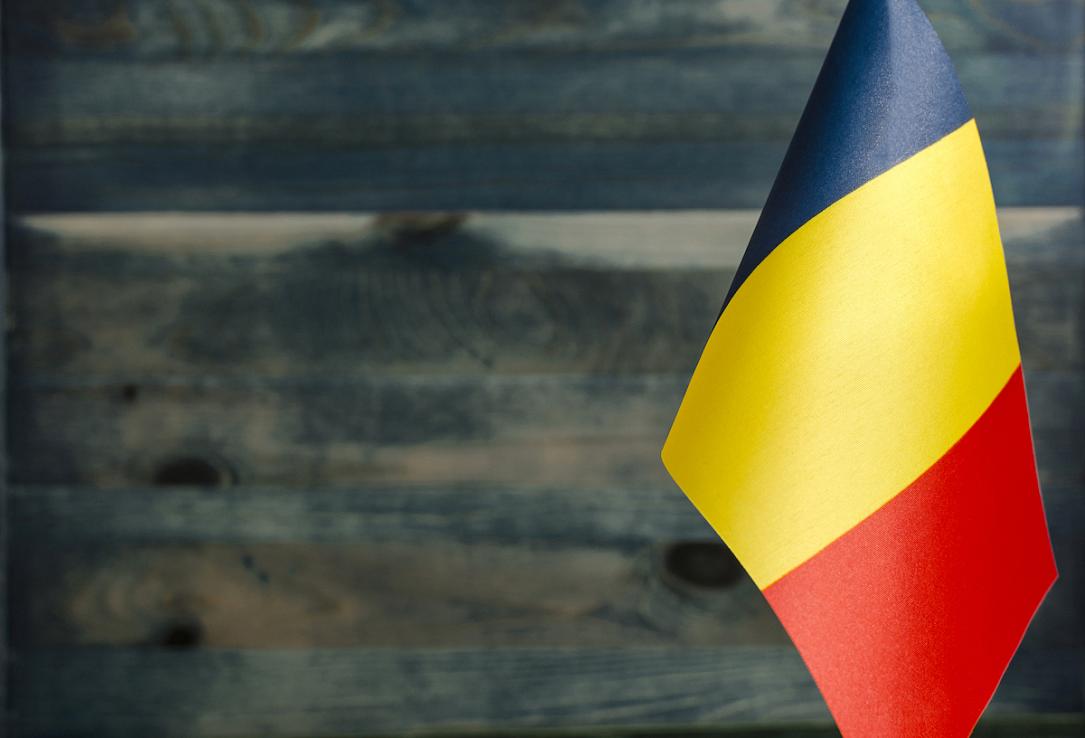


Right after the December 1989 Revolution, Ion Iliescu (picture bellow, center) was the one who took control of the political power in the country, through a new structure called the National Salvation Front (FSN). Iliescu was a former member of the Romanian Communist Party-PCR’s leadership who had fallen out of Nicolae Ceausescu’s grace in the early ‘80s. The National Salvation Front Council (CFSN) was established as the de-facto government, led by Petre Roman (picture below, right).
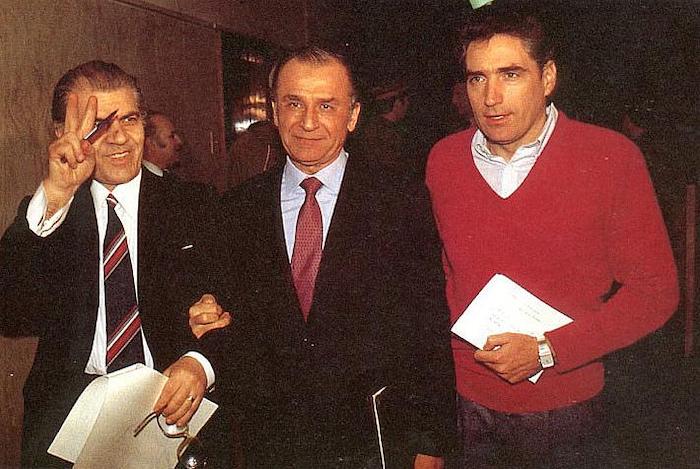
A decree adopted on the last day of 1989 allowed the registration of political parties in Romania, and dozens of parties registered in just a few months, among them historical parties such as the National Peasants’ Party - Christian and Democrat (PNT-CD) and the National Liberal Party (PNL), which had been banned by the communists.
The first free elections after the fall of communism were held in May 1990. Ion Iliescu won with a confortable majority of the votes – 85%, becoming the president of Romania. Protesters occupied Universitatii Square in Bucharest, as they considered that the victory of Iliescu and FSN was a betrayal of the Revolution. The new president decided to call the miners to stop the protests and things turned violent. However, Iliescu managed to keep his power.
Petre Roman took over as prime minister after the May 1990 elections, but another miners’ uprising led to his resignation about a year later. Theodor Stolojan was appointed prime minister in mid-October 1991, a position he held until November 1992. Meanwhile, a new Constitution was adopted in the Constituent Assembly on November 21, 1991 and came into force after it was approved, following a referendum on December 8.
1992 came and with it the elections for a new president and a new Parliament. The country’s first post-communism president Ion Iliescu also ran for a new term. However, this time he was supported by the Democratic National Salvation Front (FDSN), formed by Iliescu and his supporters in April 1992, after the breakup of FSN. Former prime minister Petre Roman was now the president of FSN.
Ion Iliescu was once again elected president while his party FDSN won most seats in the Senate and the Chamber of Deputies, followed by the Romanian Democratic Convention (CDR) and FSN.
In mid-November 1992 the two houses of the parliament gave the vote of confidence to the new government and the new prime minister Nicolae Vacaroiu and his ministers were sworn in. Thus, by the end of 1992, Romania changed its entire political management but somehow kept the old players in the game.
Things changed in the fall of 1996 when, although Ion Iliescu was hoping to win a third term as president of Romania, he was defeat in the presidential elections by Emil Constantinescu, who was representing CDR. Moreover, despite the fact that the Social Democratic Party of Romania – PDSR (the former FDSN) won most seats in the Parliament, it lost the power as the opposition parties joined forces with the CDR and formed a new coalition that held the majority in the Parliament. Victor Ciorbea was appointed prime minister and things started to move towards Romania’s accession to NATO and the European Union.
In the spring of 1998, Radu Vasile (PNTCD) replaced Victor Ciorbea at the helm of the government. However, things changed again after about a year and a half, and central bank governor Mugur Isarescu (picture below) took over as prime minister. During his term, Romania registered the first economic growth after the Revolution.
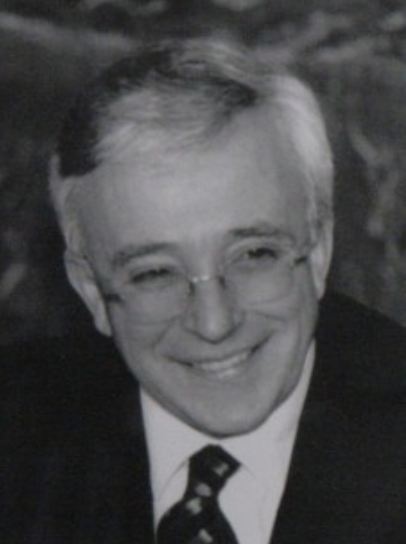
The 2000 elections found the member parties of the coalition quarreling, which led to them losing the power. Ion Iliescu ran again for president, this time against Vadim Tudor, the leader of an extremist party. And, although Iliescu was not very popular at that time, he was voted president once again, as many voters didn’t want Vadim to win.
Adrian Nastase, who was appointed prime minister after the 2000 presidential elections, also took over the leadership of PDSR. After several mergers, in 2001, PDSR was renamed the Social Democratic Party – PSD. During Nastase’s term, Romania joined NATO (at the end of March, 2004) and the negotiations for the country’s accession to the EU were completed. However, in the meantime, information started to emerge about corruption at the highest levels.
The political power changed once again at the end of 2014, when Bucharest mayor Traian Basescu (picture below, left), with the support of the Justice and Truth Alliance – Alianta D.A. (which was an alliance between the National Liberal Party PNL and the Democratic party PD) managed to get more votes than the PSD candidate Adrian Nastase and become president of Romania. Basescu thus brought the alliance to power, while a new government led by Calin Popescu-Tariceanu (picture below, right) was sworn in.

Romania joined the EU on January 1, 2007. However, things were not all pink on the local political stage, as the disputes between the PNL prime minister and the president have eventually led to the exclusion of the PD ministers from the government. In May the same year, the Conservative Party (PC), the Democratic Hungarians' Union of Romania (UDMR), PNL and PSD accused Basescu of alleged unconstitutional conduct and suspended him from the Presidency. However, Traian Basescu regained his position after a referendum.
Romania held parliamentary elections in 2008, just as the economic crisis was starting to make its effects felt. PNL lost the elections while the Democratic Liberal Party – PDL (which formed in 2007 after the merger of PD with the Liberal Democratic Party – PLD) and PSD won more or less the same number of seats in the Parliament. The two parties subsequently formed a governing coalition with PDL president Emil Boc as prime minister. Rumors (and not only) were saying that Boc was acting according to president Basescu’s wishes.
Several scandals emerged amid accusations of corruption that targeted top politicians. Sports minister Monica Iacob Ritzi was forced to resign after a parliamentary committee accused her of having diverted public money to the campaign for the European Parliament of Elena Basescu, the president's daughter. Tourism minister Elena Udrea, who was also close to president Basescu, was targeted by similar charges.
The PSD-PDL coalition split in the fall of 2009, just before the presidential elections. PSD left the government and the Emil Boc government was dismissed after a no-confidence vote in the Parliament. However, Traian Basescu managed to win another term as president of Romania, getting slightly more votes than Social Democrat opponent Mircea Geoana. In fact, Geoana thought he won the elections after the polls closed (picture below) but things changed after just a few hours. Emil Boc was once again appointed prime minister, this time leading a PDL-UDMR government.
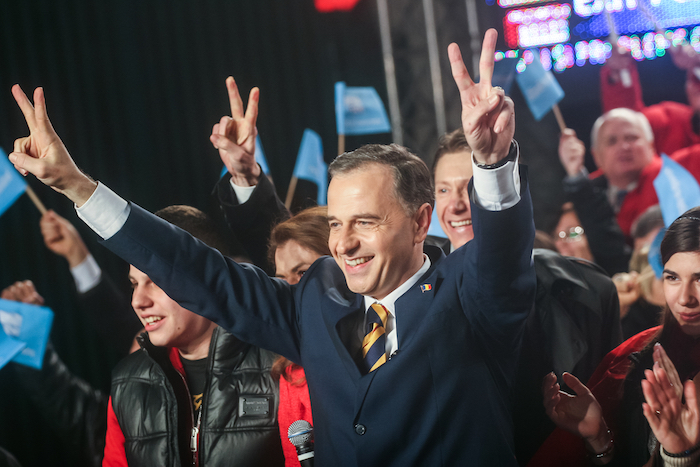
Romania was strongly hit by the economic crisis in 2009 and 2010, and this led to public salary and pension cuts and a higher VAT rate. It was a bad period for the Romanian economy. However, things got event worse for president Basescu in 2012, when he entered a conflict with Raed Arafat, Secretary of State in the Health Ministry, who is mostly known for being the founder of the emergency rescue service SMURD. Many Romanians took to the streets to show their support for Arafat, but also their dissatisfaction with the recent economic measures and the political corruption, and the protests turned violent. Emil Boc resigned in early February and was replaced by Mihai Razvan Ungureanu who, in turn, was dismissed through a no-confidence vote only three months later.
Victor Ponta, the leader of PSD and a co-leader of the Social Liberal Union - USL (meaning PNL and PSD, which decided to return to the government), took over as prime minister of Romania in early May 2012.
The new power tried to dismiss president Basescu once again but, similar to a few years back, he managed to remain in office following a referendum. Future PSD president Liviu Dragnea will later receive a suspended prison sentence for electoral fraud at this referendum, a sentence that will keep him from becoming prime minister.
Romania organized legislative elections in early December 2012, when the USL won most seats in both chambers of the Parliament. However, the alliance between the Liberals and the Socialists broke in 2014 when Victor Ponta refused to name Klaus Iohannis deputy prime minister. Thus, the Liberals led by Crin Antonescu decided to leave the government. PNL formed a new alliance with PDL and the two parties eventually merged under the name of PNL.
Victor Ponta ran against Liberal Klaus Iohannis (picture from televized debate below) in the presidential elections organized at the end of 2014. In the first round, the Romanians living abroad formed endless queues at the polling stations, and many didn’t even manage to vote. The Romanians in the country reacted to this situation and went to vote in a very large number in the second round, choosing Iohannis to be the next president. Victor Ponta remained prime minister.
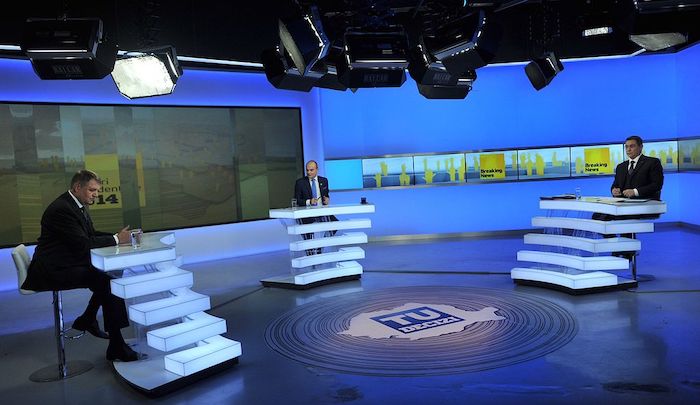
The deadly fire at the Colectiv club in Bucharest at the end of October 2015 triggered massive protests in the country. Victor Ponta resigned and Iohannis decided to appoint Dacian Ciolos as prime minister. Ciolos led a technocrat cabinet that governed the country until the 2016 parliamentary elections, which were won by PSD. Together with the Alliance of Liberals and Democrats (ALDE), led by Calin Popescu Tariceanu, PSD got a confortable majority in the Parliament and named the new prime minister – Sorin Grindeanu.
Liviu Dragnea (picture below) was the Social Democrats’ leader at that time. Facing corruption charges, Dragnea started to focus on changing the justice system. Not long after taking office, the new government adopts a controversial emergency ordinance that was brining major changes to the judiciary, triggering some of the biggest street protests Romania has ever seen. Tensions started to emerge within the ruling party PSD and, in the summer of 2017, the Social Democrats overthrow their own prime minister through a no-confidence motion. Mihai Tudose takes over as PM but he is also replaced in January 2018 following disagreements with PSD leader Liviu Dragnea.

Viorica Dancila became the first woman prime minister of Romania at the end of January. The governing power continues to focus on the justice system and, in August 2018, many Romanians from the country and from abroad organize a big protest in Bucharest. The demonstration turned violent after the riot police and gendarmes tried to clear the square using water cannons and tear gas.
PSD continued to drop in the polls and, in May 2019, it lost the European elections. PNL and the new USR-PLUS alliance got most of the votes. The day after the elections Liviu Dragnea is sentenced to prison for acts of corruption.
As Dragnea was sent to jail, Viorica Dancila took over PSD’s leadership and, not long after, Calin Popescu Tariceanu decided to break to alliance with the Social Democrats. The Dancila government fell in the autumn of 2019 after the Parliament voted the no-confidence motion filed against it. The new prime minister, Liberal Ludovic Orban, and his team of ministers were sworn in early November.
Romania also organized presidential elections in November, which were once again won by Klaus Iohannis (photo from victory speech below). Viorica Dancila, Iohannis’ counter-candidate, also lost the helm of PSD after the defeat in the presidential elections, and Marcel Ciolacu was voted interim president of the party.
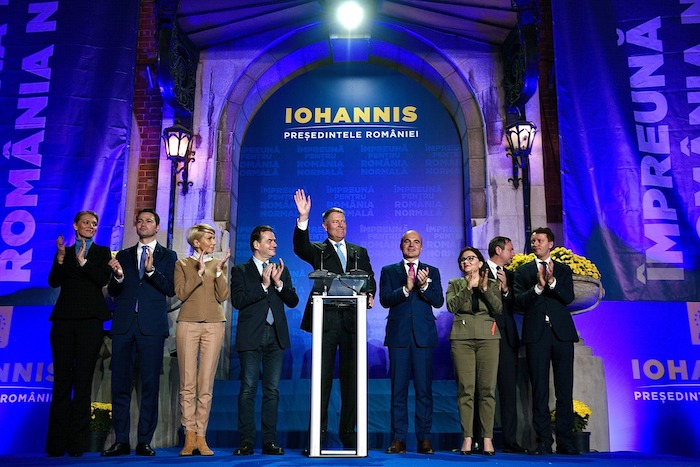
Now, at the end of 2019, things are still complicated on the local political scene, as the country is led by a Liberal government that enjoys very little support in the Parliament (where the PSD still holds the majority) and thus struggles to pass legislative proposals as it wants to. 2020 will also be an important year from the political perspective, as both local and parliamentary elections will be organized in Romania.
newsroom@romania-insider.com